Authors: L. B. L. G. Pinheiro, L. Jiang, E. A. Abbey, Davi A. D. Chaves, A. J. Chiquito, T. H. Johansen, J. Van de Vondel, C. Xue, Y.-H. Zhou, A. V. Silhanek, W. A. Ortiz, and M. Motta
Phys. Rev. B 106, 224520 – Published 27 December 2022
Thickness uniformity is regarded as an important parameter in designing thin film devices. However, some applications based on films with nonuniform thickness have recently emerged, such as gas sensors and optimized materials based on the gradual change of film composition. This work deals with superconducting Pb thin films with a thickness gradient prepared with the aid of a diffuse stencil mask. Atomic force microscopy and energy-dispersive x-ray spectroscopy show variations show variations in the range 90 nm–154 nm. Quantitative magneto-optical images reveal interesting features during both the abrupt and the smooth penetration regimes of magnetic flux, as well as the thickness-dependent critical current density (Jc). In addition, we observe a gradual superconducting transition as the upper critical field is progressively reached for certain thicknesses. Furthermore, the hysteresis observed for triggering flux avalanches when increasing and decreasing magnetic fields is also accounted for by the Jc profile evolution along the thickness gradient. Numerical simulations based on the thermomagnetic model are in fair agreement with the experimental data. These findings demonstrate that wedge-shaped films are a viable approach to investigate, in a continuous fashion, thickness-dependent properties of superconducting materials.




